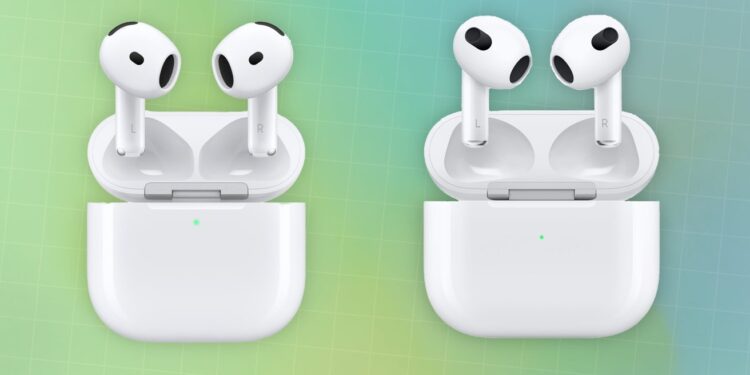Apple has once again shaken up its iconic AirPods lineup, introducing the fourth generation alongside the much-anticipated iPhone 16 at the “Glowtime” event. This latest AirPods update brings significant advancements to Apple’s wireless earbuds, including the groundbreaking addition of Active Noise Cancellation (ANC) to its non-Pro models for the first time. But how do the AirPods 4 compare to their predecessor, the AirPods 3? Let’s dive into the specs and features to see what’s new, what’s improved, and what makes these earbuds stand out in their price range.
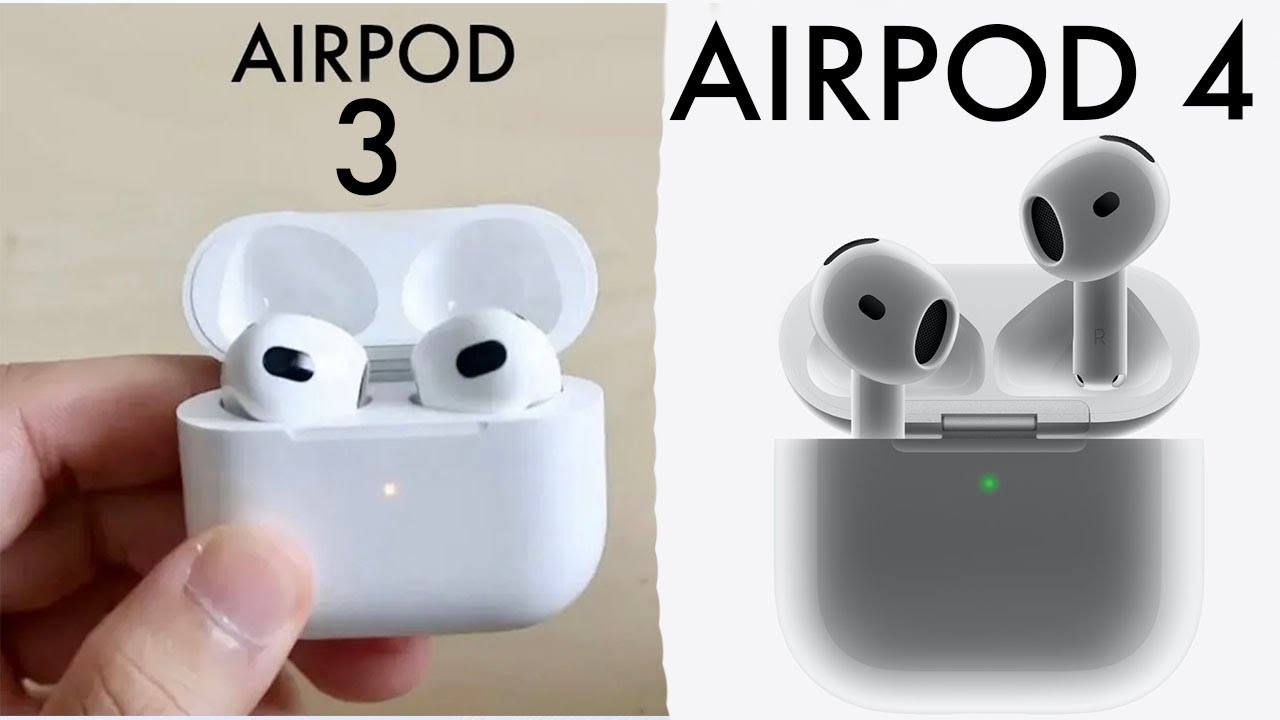
AirPods 4 vs AirPods 3: Key Differences in Specifications
Both AirPods 3 and 4 offer stellar audio experiences, but there are some core differences. Here’s a glance at their main specifications:
| Feature | AirPods 4 | AirPods 3 |
|---|---|---|
| Price at Launch | $129 (Basic), $179 (With ANC) | $179 |
| Battery Life (Earbuds) | 5 hours (No ANC), 4 hours (ANC on) | 6 hours |
| Processor | H2 | H1 |
| Connectivity | Bluetooth 5.3 | Bluetooth 5.0 |
| Water Resistance | IP54 | IPX4 |
| Active Noise Cancellation | Optional | No |
The major headline feature here is the optional ANC in the AirPods 4, a first for Apple’s non-Pro earbuds. Additionally, the AirPods 4 boasts a newer H2 chip, improved dust resistance (IP54), and an upgraded Bluetooth 5.3 connectivity—all noticeable upgrades from the AirPods 3.
AirPods 4 vs AirPods 3: Physical Design
Design-wise, Apple hasn’t reinvented the wheel with the AirPods 4. The familiar stem-based earbud design remains intact, though the AirPods 4 is slightly smaller and lighter compared to the AirPods 3. Both earbuds weigh a mere 0.15 ounces, and while they maintain Apple’s classic sleek white aesthetic, neither model includes the silicone tips found in the AirPods Pro, which might make them slightly more prone to slipping out during physical activity. One small but significant upgrade in the AirPods 4 is the IP54 rating, which improves dust and water resistance compared to the IPX4 rating on the AirPods 3. Whether you’re out for a run or caught in the rain, this is an added peace of mind that will surely appeal to fitness enthusiasts.
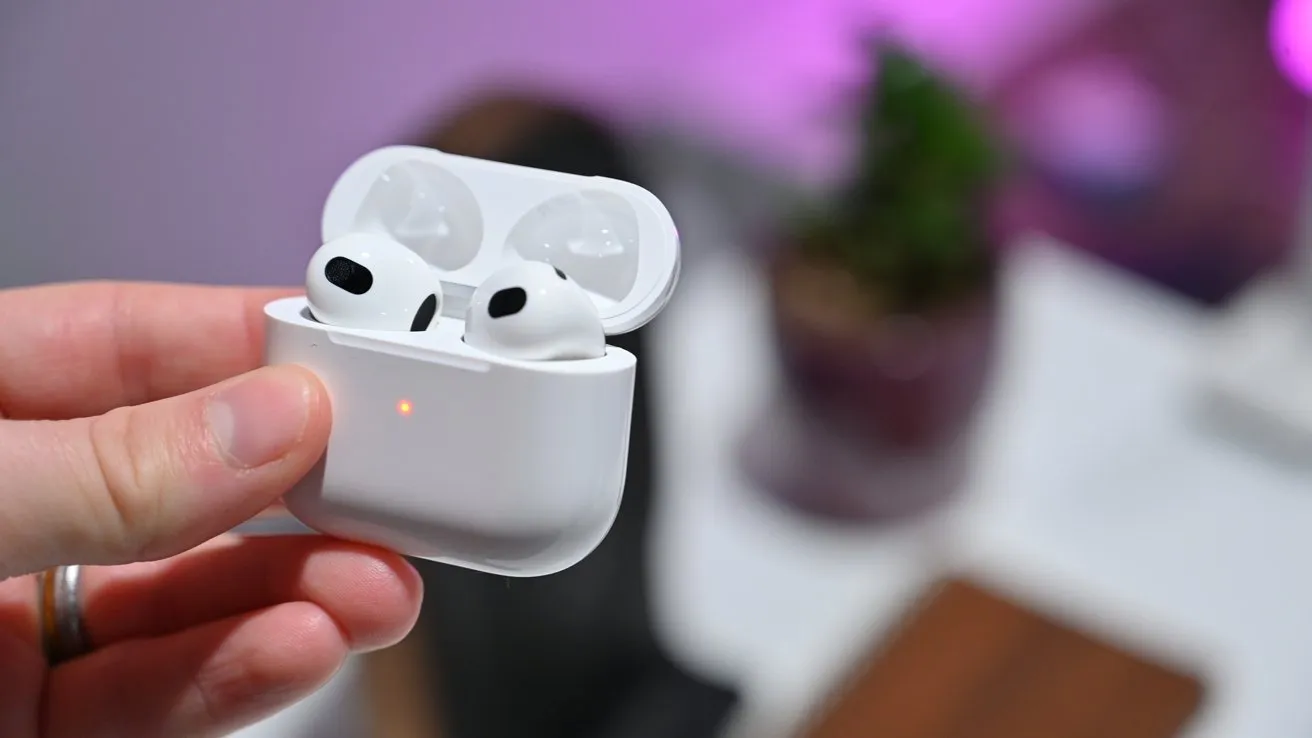
Audio Features: Battle of the Sound Quality
When it comes to sound, the AirPods 3 already set a high bar with its custom high-excursion driver and high dynamic range amplifier. However, Apple has upped the ante with the AirPods 4, powered by the more advanced H2 chip, offering enhanced audio architecture and a new low-distortion driver. This means better overall audio clarity and richer sound quality, particularly in the low frequencies. Apple has also added Personalized Volume to the AirPods 4, a feature that adapts the sound levels based on your environment and usage patterns, making the listening experience even more tailored to your preferences.
Both models support Personalized Spatial Audio with dynamic head tracking, ensuring a 3D audio experience that immerses you in your music, movies, and calls. However, if you’re looking for noise isolation, the AirPods 4 with ANC is the real game-changer, bringing in a feature that was previously exclusive to the AirPods Pro.
Voice Isolation & ANC: The Pro Features Make a Debut
For the first time in a non-Pro model, the AirPods 4 offers Active Noise Cancellation as an optional feature. This can block out environmental noise, making it ideal for commuting, working, or simply enjoying undisturbed music sessions. And it doesn’t stop there. With Transparency Mode and Adaptive Audio, the AirPods 4 can intelligently switch between allowing ambient noise in or blocking it out, depending on your environment. Imagine walking through a crowded city: the earbuds can automatically balance out the external noise while letting in critical sounds like announcements or conversations. Even more, the Conversation Awareness feature lowers media volume when someone starts speaking to you—an innovative touch that adds convenience to everyday interactions without the need to remove the earbuds.
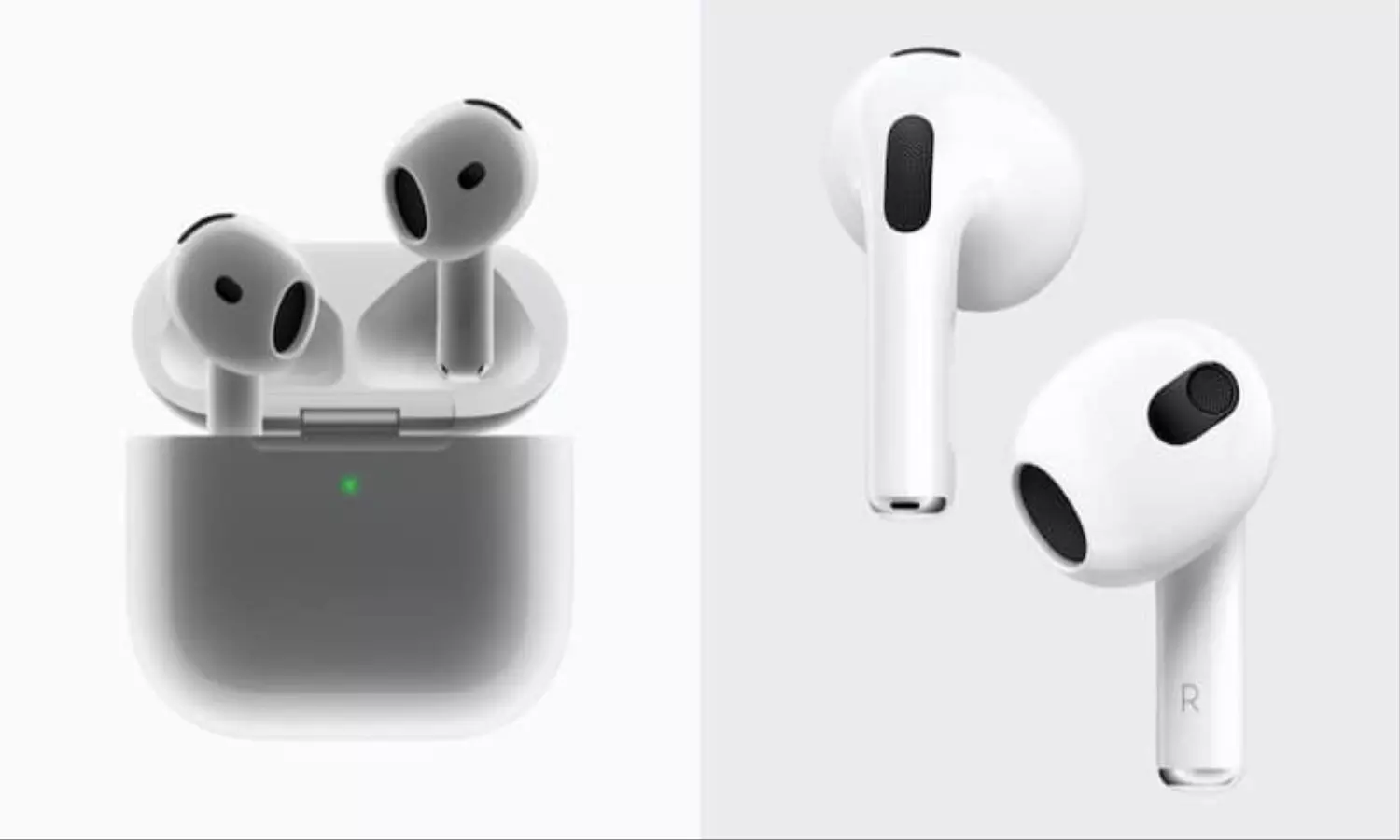
Connectivity and Controls: Bluetooth Upgrades and Siri Gestures
One of the key upgrades in the AirPods 4 is its move to Bluetooth 5.3, improving upon the AirPods 3’s Bluetooth 5.0. This means better range, faster connection speeds, and more efficient battery consumption. When it comes to controls, the AirPods 4 also switches up the skin-detecting sensor for an optical in-ear sensor, a small tweak that doesn’t drastically change functionality but is still an upgrade. Both models use the same force sensors for media playback and call controls. Additionally, the AirPods 4 take voice control a step further with Siri Interactions. You can now simply nod or shake your head in response to Siri’s questions—such as accepting or declining a call—without needing to use any touch controls.
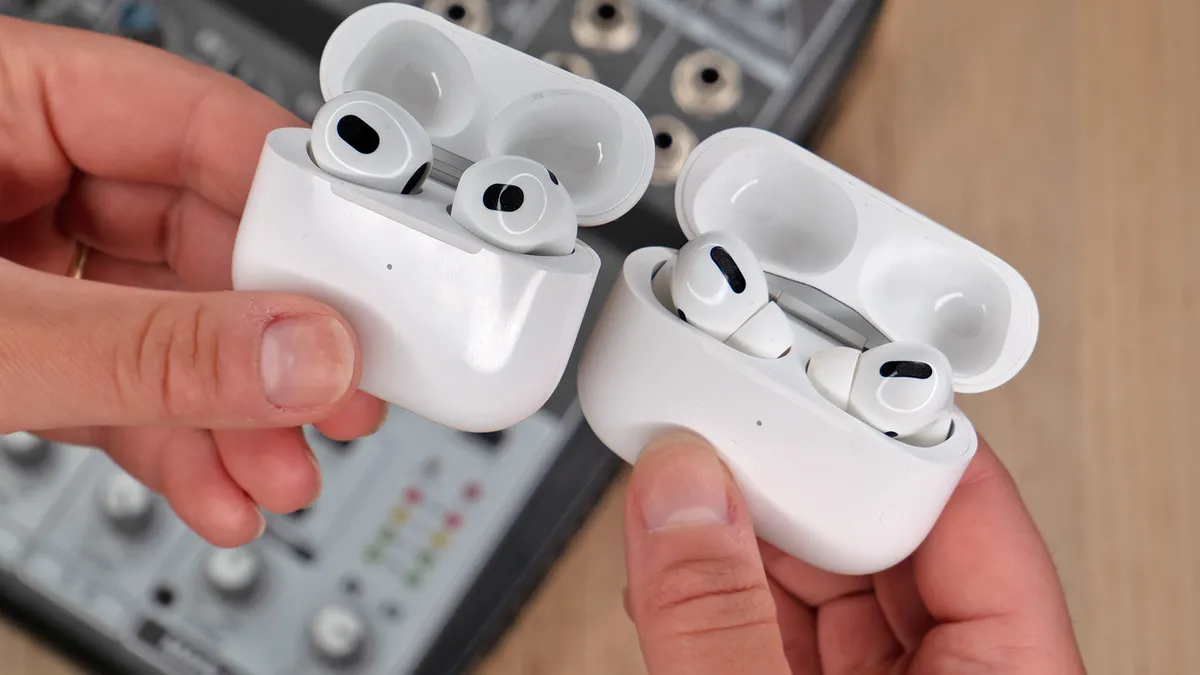
Battery Life and Charging: What to Expect
In terms of battery life, both the AirPods 3 and 4 offer around 30 hours of total listening time when combined with their charging cases. However, the addition of ANC in the AirPods 4 does take a toll on battery performance, dropping the total battery life to 20 hours with ANC enabled. Charging options also see a shift. While both generations support fast charging, the AirPods 4 offers more versatility with its USB-C charging case, and the ANC model also includes Qi-certified wireless charging. The AirPods 3, on the other hand, uses MagSafe charging, a feature not present in the AirPods 4 lineup.
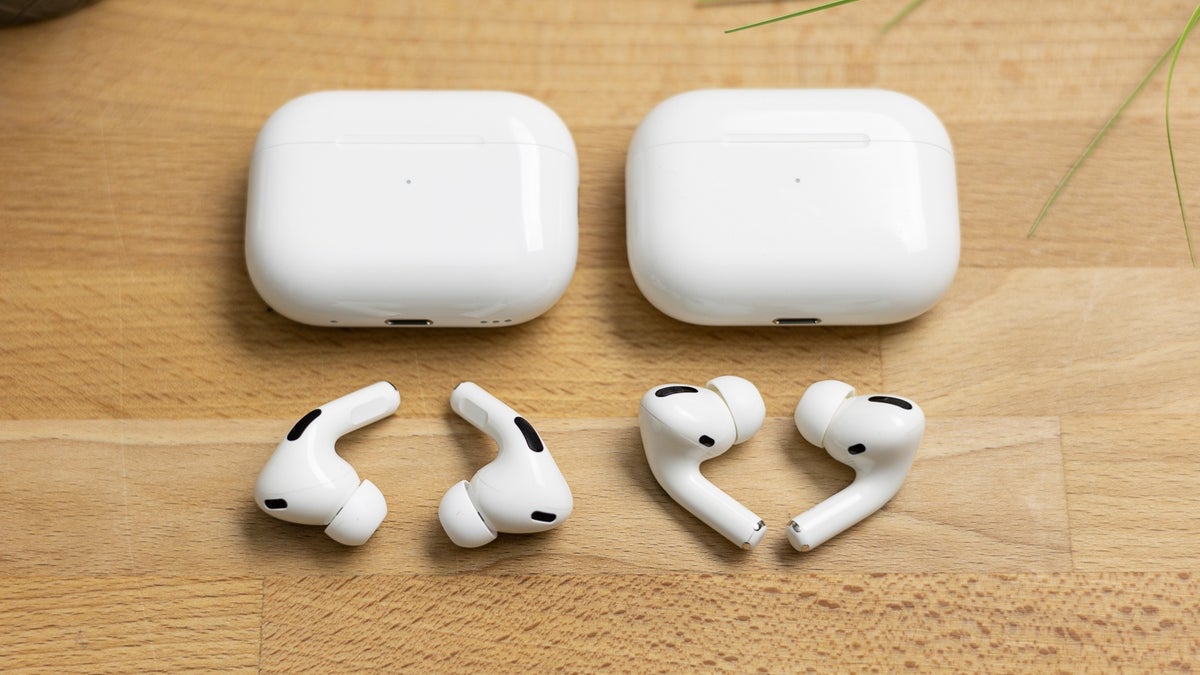
Which Should You Choose? AirPods 4 or AirPods 3?
At a glance, the AirPods 4 seems like a clear winner, especially with the optional ANC bringing Pro-level features into a non-pro package. But the decision isn’t as simple as it looks—each model has its strengths depending on your needs and budget. For those looking to save, the AirPods 4 (Basic) model starts at just $129, a full $50 cheaper than the AirPods 3 at launch. This makes it a fantastic budget choice while still offering slight improvements in audio quality and Bluetooth performance. However, if you’re a fan of ANC or want to enjoy Transparency and Conversation Awareness features, the AirPods 4 with ANC at $179 delivers almost all the benefits of the AirPods Pro without the extra cost. Given that it packs in so many premium features, it might even be the best value for money across the entire AirPods range.
Ultimately, whether you’re upgrading from an older model or buying your first pair, both the AirPods 4 and AirPods 3 offer great audio experiences. However, with Active Noise Cancellation, Adaptive Audio, and the latest H2 chip, the AirPods 4—with or without ANC—are shaping up to be the clear favourite for users looking for the best bang for their buck

